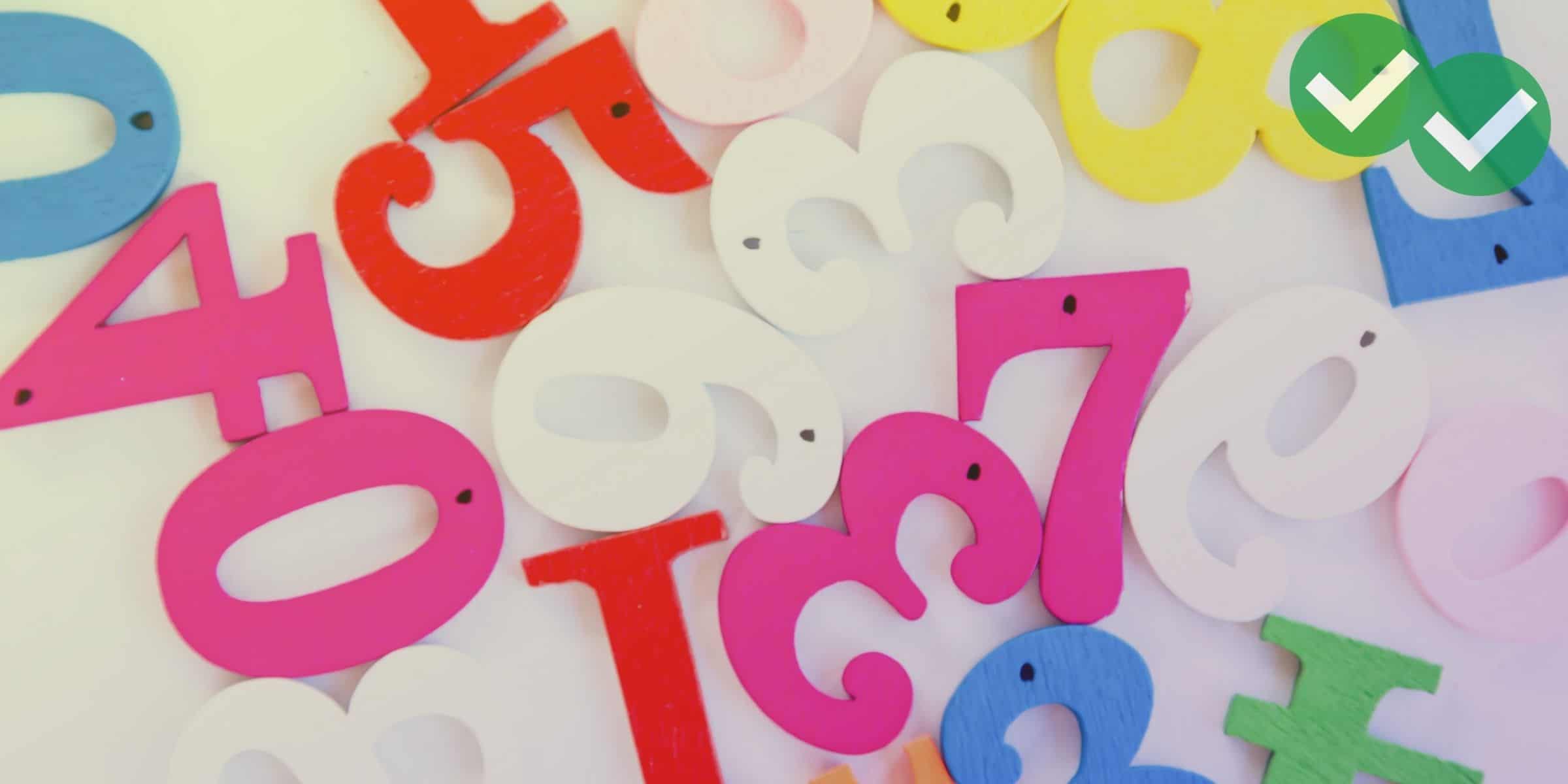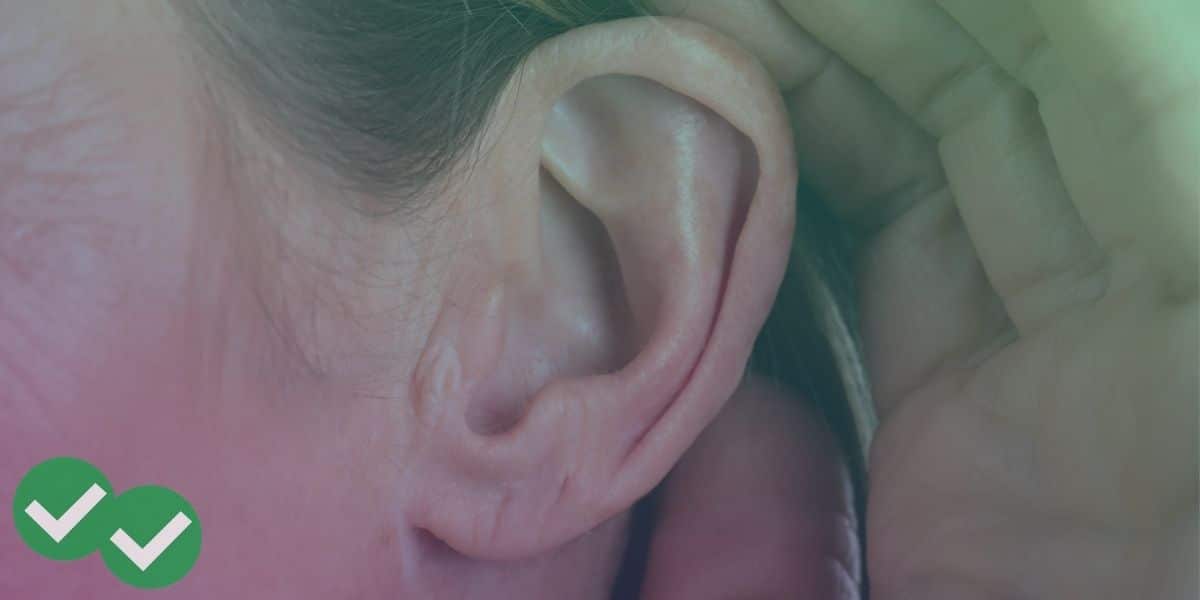
The other day, I was helping a very brilliant ESL student of mine. She was writing an English-language research report on molecular biology. I was a little embarrassed as I struggled through the charts, graphs and detailed information in her writing. Honestly, I couldn’t understand most of her scientific calculations and statistics. She was very forgiving. She knows that I’m an English teacher, not a science teacher.
Similarly, you take TOEFL Listening as an English student, not as a student of science, economics, history, etc…. When you listen to the lectures, you may need to understand new subject-related vocabulary from context. However, there are certain subject-specific details that the makers of the TOEFL don’t expect you to learn or remember. Numeric information is especially unlikely to be tested in TOEFL Listening questions. Take, for instance, this short clip from the Official Guide to the TOEFL Test.
In the clip, the lecturer throws out a LOT of numbers, doesn’t she? 50 shoots, 80 shoots, fifty centimeters height, five square meters surface area, and so on. None of these numbers come up in the TOEFL questions for this lecture. Only one number she mentions in the whole lecture comes up in the questions. Listen to her say the number here. Now, let’s look at the question:
27. Listen again to part of the lecture. Then answer the question.
What does the professor intend to explain?
() Why a mistake made in the textbooks was never corrected
() Why she does not believe that the roots of rye plants extend to 1,000 kilometers
() How the roots of rye plants develop to such great length
() How plants grown in water make use of fertilizer
Here, numeric information does appear in a TOEFL Listening question. However, even in this question, you don’t need numeric information to answer correctly. The second option, “Why she does not believe that the roots of rye plants extend to 1,000 kilometers,” is a “false friend.” (“False friends” are incorrect answers that sound like they could be right, because they take a lot of words directly from the lecture or reading.) The lecturer never says she doesn’t currently believe that rye roots extend that far. She only says that she didn’t believe it when she first read it. Because she says “let me explain to you about this rye plant” at the end of the sound clip, you can know that the third answer is correct. She has talked about the size of the roots, and now she’ll offer further explanation.
So, when you’re taking notes (mental or written) on TOEFL lectures, do yourself a favor; don’t write down most of the numbers you hear. There is one exception to this general rule. Numbers that relate to history, years, and dates can be important, and do come up in TOEFL Listening answers. But even then, you are unlikely to be asked to identify an exact calendar date or year among the answer choices. Instead, the question itself my reference a more exact time frame from the lecture. So for example, if the lecture refers to “1888, ten years before a groundbreaking scientific discovery,” you may get a question that asks you what happened “before” that discovery, or a question that references “the late 1800s.”
Hopefully this has been helpful. For even more Listening tips and tricks, be sure to check out Magoosh’s complete guide to TOEFL Listening.






Leave a Reply